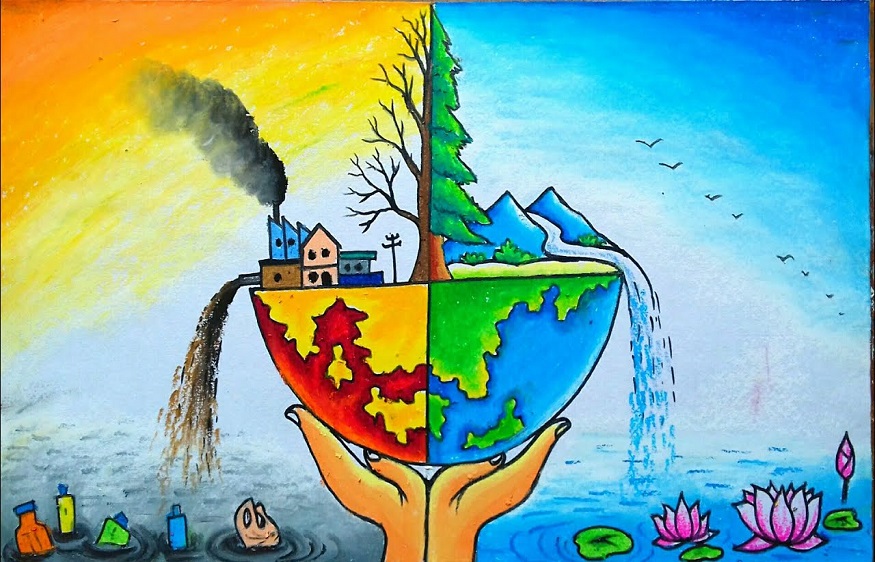Introduction
Environmental conditions during the storage and display of paintings have a significant impact on their condition and long-term preservation. The environmental factors that will be considered in this Note are lighting, relative humidity (RH), temperature, pollution and biological activity (insect pests and fungal contamination).
lighting
The binder and the various pigments, which form the pictorial layer of a painting, as well as the varnish each have a different sensitivity and reaction to visible light and ultraviolet (UV) radiation. Although some pigments are “permanent” or lightfast, many pigments and colorants exposed to visible light fade or fade. In addition, exposure to UV light can cause some paints to chalk, causing the binders or varnishes used to yellow, become brittle or crack. In order to reduce the risks for the collection, the light intensity should be as low as possible and sources of UV radiation should be filtered. The canvases can also be protected by covering them with a protective glass or acrylic pane, installed in a frame, capable of absorbing UV rays . It is necessary to measure the level of illumination in visible light as well as the ultraviolet radiation to which the paintings are exposed during an exhibition.
Light intensity and light exposure time
The effects of light are cumulative and irreversible. Institutional officials must therefore determine the degree of acceptable alteration over a given period of time in order to design a lighting system that exposes the works to a reasonable risk. The following information and guidelines may be helpful.
Low intensity illuminance
The unit of measurement for illuminance is lux . The degree of light alteration is directly proportional to the illuminance (lux) multiplied by the exposure time. For example, an illumination of 200 lux over a period of 200 hours causes the same alterations as an illumination of 100 lux for 400 hours or 50 lux for 800 hours. Thus, by decreasing the illumination from 200 lux to 100 lux , the alterations due to light are reduced by half for the same exposure time.Reduction of light exposure time
Halving the duration of exposure to light gives the same result as halving the level of illumination.
Some effects of visible light and ultraviolet radiation.Even works of art exposed to an illuminance equivalent to or less than 50 lux (illuminance level recommended for light-sensitive works of art) can be affected by light. Lake pigments and aniline-based colorants will begin to visibly fade in 1.5 to 20 years and moderately light sensitive colors will begin to fade in up to 20 years. A higher illuminance level results in faster fading. On the other hand, particularly light-sensitive pigments which are exposed to an illumination of 500 lux(usual light level in an office) can fade within a period of only a few months to two years. Moderately light-sensitive fabrics exposed to 500 lux illuminance will begin to fade within approximately two years. Highly light-sensitive canvases exposed to 30,000 lux illuminance (the average level of daylight illuminance) will appear faded within one day to two weeks, and moderately light-sensitive canvases within from two weeks to a year.
Paints that are moderately sensitive to light can become powdery and varnishes can crack within three years when exposed to UV radiation from daylight passing through the window. Highly light-sensitive canvases exposed to unfiltered daylight will be damaged by UV rays in just a few months.





